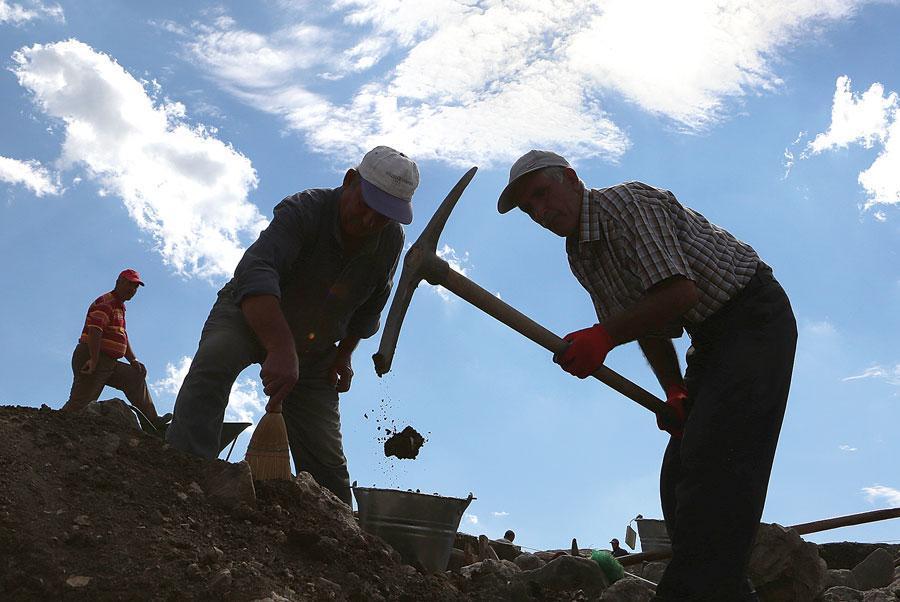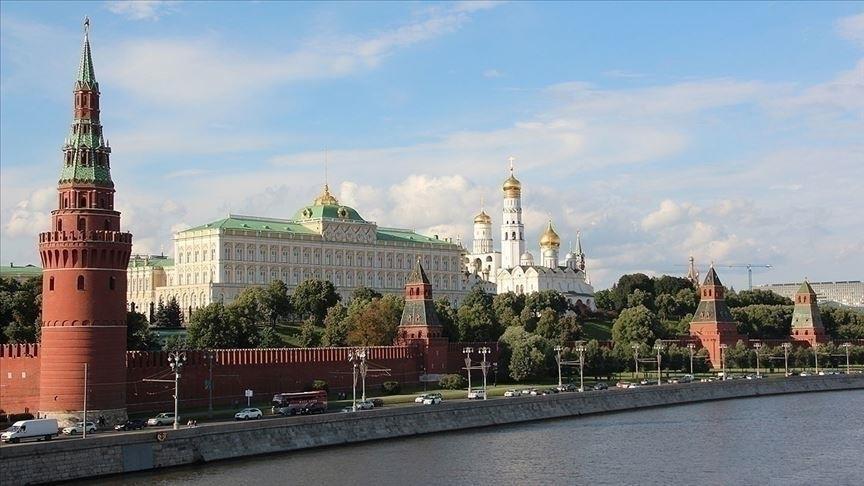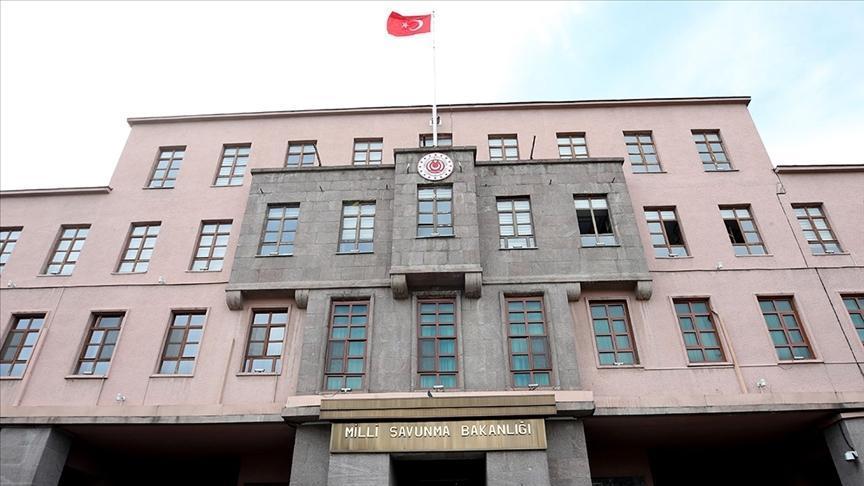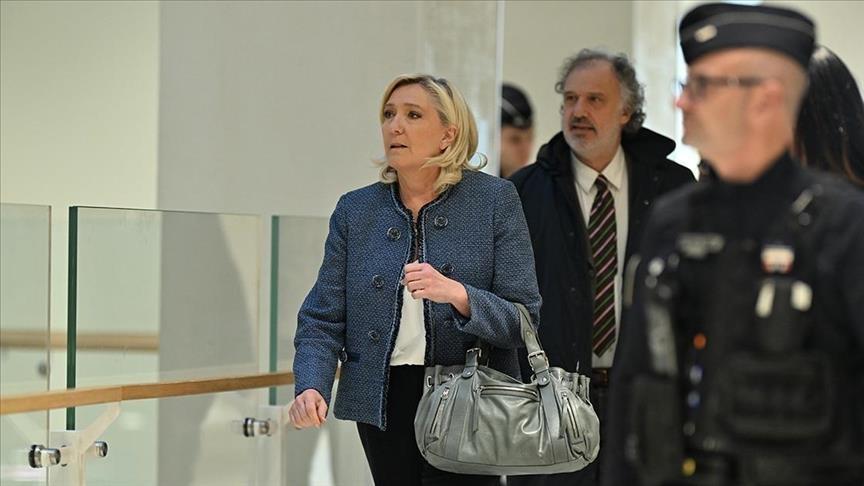Making a living in an ancient city in Anatolia
ÇORUM

Once a thriving and influential city in the late Bronze Age, the ancient city of Hattusha, which was also the capital of the Hittite Empire for 450 years, has been providing jobs to locals who help archaeologists unearth the history of their hometown.
Jobs at the ancient site, in the Central Anatolian province of Çorum’s Boğazkale district, are scarce, prompting many locals to work with archaeologists find new artifacts to earn money.
Hattusha, which is home to the cultural heritage of Hatti and Hittite, one of the first civilizations in Anatolia, is among Turkey’s most important tourism spots. It entered the UNESCO’s world heritage list in 1986 and the UNESCO Memory of the World program in 2001. ,

The first known written peace treaty in history, the Kadesh Treaty, was signed between the Hittites and Egyptians in 1280 in Hattusha. Archaeological excavations in the ancient city have been ongoing there for 112 years, shedding light on a very important history as well as employing locals of the region.
Hattusha is located in Boğazkale, one of the smallest districts in Çorum with a population of 1,200 people.
Some of the residents in the district sell souvenirs of Hattusha and earn money, while some work for the archaeological excavations.
Some 105 people go to the excavation field everyday with the head of the excavations, Associate Professor Andreas Schachner, who is carrying out the excavations on behalf of the German Institute of Archaeology, and his team. They help the excavation and restoration team and witness the historical artifacts being uncovered.
They are usually employed between July and October ever year and get paid approximately 3,000 Turkish Liras annually. They are also insured.
Some retire from excavations
Speaking to state-run Anadolu Agency, Schachner said the excavations are an additional source of income for locals and they make great contributions to the district during the excavation period.
Schachner stressed that they work with an average number of 50-60 employees each year. This year, however, they employed 105 people due to a hefty funding they received.

“We have many workers this year due to the high budget. We provided employment for 105 people. We make significant contribution to workers and the district’s economy. There are workers who have retired after working at the excavations. We have provided insurance for them. There are some people who already retired years ago but are still working here,” he said.
Schachner said the job opportunities are limited in the district, adding, “The excavation area is a source of income here because there are no other jobs. Here, the excavation in Hattusha has a human dimension unlike other excavations. It is also important for people to stay in their own districts. It has become a tradition and we will continue it.”
One of the workers, Bekir Atman, 60, said he has been working at the excavation site for 10 years, adding: “We can retire from here. This is a very good opportunity for us. It has greatly contributed to the economy of Boğazkale.”
Yasin Özer, 58, said this is his first time working at the site, adding: “I was working at construction sites in [the southern province of] Antalya. I came here when I met Andreas. I have been working for three months. We have insurance. Some of us are paid 2,700 liras and some 3,300 liras. Here the number of employees in state institutions is not too many. This place is a like a factory without a chimney. We work for three months and buy wood and coal for the winter.”
“This is my first year here. I found a bull-shaped bowl a short time ago. It is said to be worth millions. Only eight percent of this field has been excavated so far. There are many fields to work in. We earn a living here working for three months,” Ethem Kölemen, 65, who works with his brother, said.
Pieces reunited one finding at a time
The artifacts unearthed at Hattusha are reunited and pieced together one finding at a time at the excavation house.
After being restored by academics and students, the artifacts are delivered to a museum to be displayed.
“We found a storage during excavations and there were big cubes in the storage. We removed some of them and took them to the excavation house. We know they these cubes were used to store both grains and liquids. We eliminate the wheat inside them and get the chance to know what the Hittites ate and drank,” said Schachner.
















